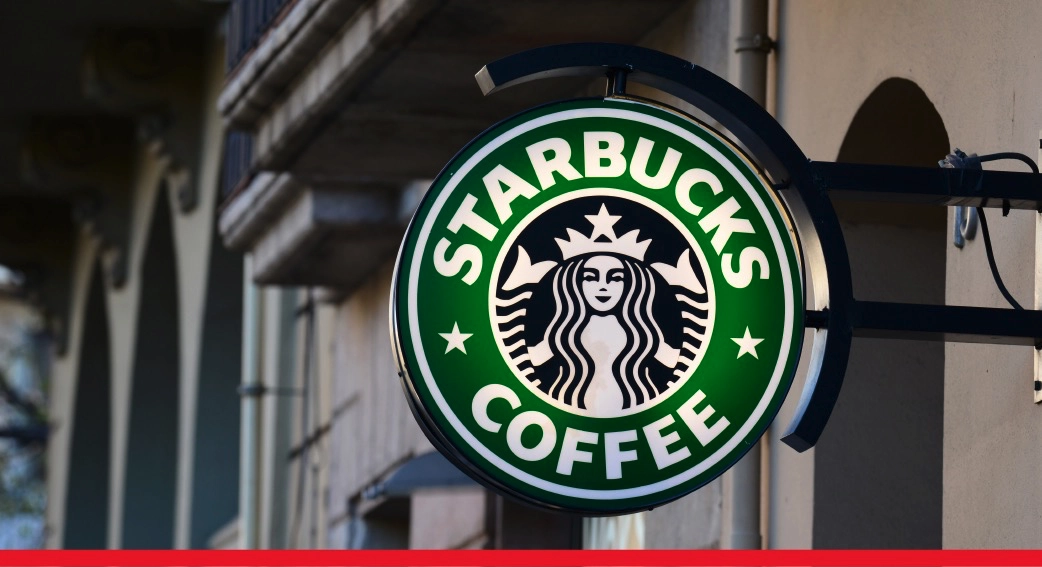Organized Labor Grows at Starbucks | August 2023
Starbucks employees have demanded better working conditions, better pay, and more access to benefits. Today, over 340 stores and 8,500 employees have unionized.

Employees who want better pay, hours, or working conditions, greater access to benefits, and more job security have to communicate with management to bring about change. Negotiating with management on an individual basis is not always effective, however, so employees may organize themselves into labor unions.
What Are Labor Unions?
Labor unions are employee organizations that are formed to deal with employers for achieving better pay, hours, and working conditions. Organized employees are backed by the power of the union which can hire specialists to represent the entire union in its dealings with management. Union workers typically make more than nonunion employees.
Unions started to grow in the United States in the 1930s and remained popular until the mid-1980s due to a shift in which companies began prioritizing shareholder value over employee relations. During the height of union popularity, the income gap between upper-class Americans and lower-class Americans was the smallest it’s ever been. But, as unions fell out of favor, the income gap increased, and today it is higher than ever before.
Starbucks Labor Complaints
In 2021, a Starbucks in Buffalo, New York, became the first Starbucks-owned café to unionize. Today, more than 340 stores and 8,500 employees have unionized, largely via Starbucks Workers United.
Hundreds of complaints have been filed against Starbucks by the National Labor Relations Board (NLRB) thanks to employees that have filed charges against the company. For example, Starbucks offers many benefits to attract employees, but some employees report being unable to secure enough shifts to reach the 20-hour minimum to qualify for benefits.
Though Starbucks claims it has not engaged in any wrongdoing, regional NLRB officers believe that in at least 100 cases there is enough evidence to pursue legal action against the coffee giant. This includes a nationwide complaint that Starbucks allegedly refused to engage in collective bargaining at more than 160 cafes.
Collective bargaining is the negotiation process through which management and unions reach an agreement about compensation, working hours, and working conditions for the bargaining unit. The objective of negotiations is to reach an agreement about a new labor contract.
The Fight Against Organized Labor
Many U.S. corporations such as Amazon and Starbucks have a reputation of being anti-union. Post-pandemic America has seen an upwards trend in unionization efforts by employees. Union busting (i.e., purposefully trying to prevent unions by threats or other underhanded tactics) is illegal in the United States, but Starbucks is being accused of just that. Starbucks has closed stores with a strong union presence, but the company claims this is in response to other reasons such as crime rather than in response to union activity. Union employees allege that Starbucks has spied on them, harassed them, and cut their hours, all of which Starbucks denies.
Starbucks is also accused of dragging its feet, buying time by moving slowly in response to employee complaints. When Starbucks wouldn’t engage in bargaining in the Pacific Northwest, one lawyer emailed Starbucks and waited for a response that never came. Her next step was to file a charge with the NLRB. By the time the board agreed that Starbucks was not bargaining, months had passed. According to the NLRB’s general counsel, Starbucks is illegally slowing negotiations by demanding bargaining occur in person. The company has allegedly ended meetings when union reps attended virtually.
As of now, Starbucks has not reached any new contracts with union employees, and the company has allegedly not offered any counterproposals. Starbucks’ delay tactics are seemingly effective. According to one labor expert, half of all certified unions never reach a new contract, and due to employee turnover, many employees are no longer with the company by the time an agreement is reached.
Limitations of the NLRB
Under the NLRB’s statute, it cannot assess penalties. Instead, the agency can order organizations to reinstate employees, issue backpay for fired employees, and post notices to employees that say the company will not violate the law. For example, federal judges ruled that Starbucks illegally fired workers in Memphis, Tennessee, and ordered the coffee chain to reinstate employees. Some people believe imposing fines would help the NLRB be more effective, but others say even that may not be enough.
The NLRB also has a tight budget and a small number of field staff workers that conduct investigations. This pales in comparison to companies such as Starbucks that many corporate resources such as legal teams and consultants.
The NLRB has its work cut out for it as interest in unions continues to rise. According to a Gallup poll, 71% of Americans approve of labor unions, the highest approval rating since the 1960s.
In the Classroom
This article can be used to discuss labor unions (Chapter 10: Managing Human Resources).
Discussion Questions:
- What is a labor union?
- Why do companies such as Starbucks fight unionization?
- What limitations exist concerning NLRB enforcement action?
This article was developed with the support of Kelsey Reddick for and under the direction of O.C. Ferrell, Linda Ferrell, and Geoff Hirt.
Sources
Justin Stabley, "Why Scrutiny of Starbucks' Alleged Union Violations Is Boiling Over Now," PBS, March 29, 2023, https://www.pbs.org/newshour/economy/the-union-busting-practices-that-landed-starbucks-in-hot-water
Megan K. Stack, "Inside Starbucks’ Dirty War Against Organized Labor," The New York Times, July 21, 2023, https://www.nytimes.com/2023/07/21/opinion/starbucks-union-strikes-labor-movement.html
Raisa Bruner, "American Companies Have Always Been More Anti-Union Than International Ones. Here's Why," Time, April 21, 2022, https://time.com/6168898/why-companies-fight-unions/
Starbucks Workers United, https://sbworkersunited.org/



